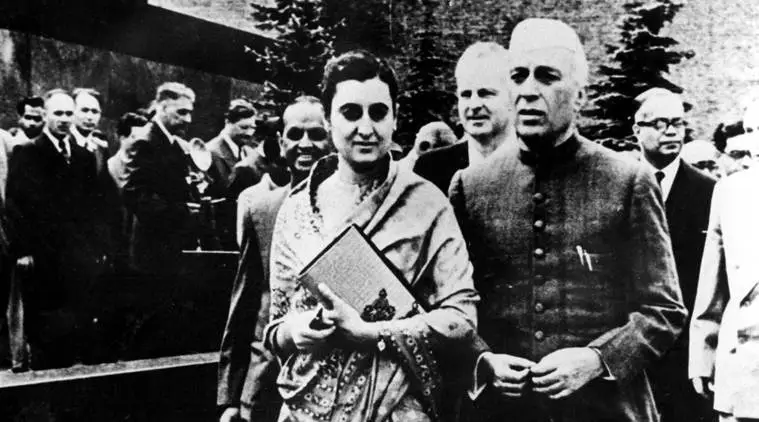Introduction
History is often an intricate tapestry woven with countless stories of bravery, resilience, and courage. While some tales find their way into popular chronicles, others fall into the abyss of forgotten pasts. Today, we embark on a journey to rediscover one such forgotten chapter of Indian history – the Ranpur Rising of 1893. This uprising, rooted in the heart of the Indian freedom struggle, stands as a testament to the indomitable spirit of a small village and its fearless inhabitants.
Background
In the late 19th century, India wrestled under the shackles of British imperialism. The colonial rule brought immense hardship, exploitation, and discrimination upon Indians, igniting a fervor for independence that would shape the nation’s future. Among the many small but significant acts of resistance against the oppressive British regime, the Ranpur Rising of 1893 stands tall, highlighting the courage of the common people in challenging their oppressors.

The Spark of Rebellion
The village of Ranpur, situated in the present-day state of Gujarat, was a dense cluster of hardworking people. Farmers, merchants, and artisans made up the majority of the population, struggling to make ends meet under the oppressive British policies. Faced with increasing taxation and exploitation, the villagers became seething hotbeds of discontent, ready to confront their oppressors.
The birth of the movement can be traced back to an incident in January 1893. Local British officials, driven by their greed for revenue generation, attempted to seize land from a farmer who was struggling to pay his taxes. The farmer, Haridas Patel, refused to relinquish his land, and when police arrived to enforce the confiscation, a scuffle ensued. This incident became the catalyst for the Ranpur Rising.
You can read our another post on Twin Temple of Gandharadi: A Marvel of Ancient Architecture
The Uprising
Word of the farmer’s defiance and the brutality of the police spread like wildfire throughout the village. In an incredible show of unity, people from all walks of life gathered to voice their grievances and plan their resistance. The village was transformed into a fortress, with barricades and makeshift weapons springing up in every corner.
The following week witnessed intense clashes between the villagers and the British forces. The locals fought valiantly, employing various guerrilla tactics and ambushes to outsmart and overpower the imperial forces. The pride of the locals fueled their resistance – a representation of their deep love for their land and resentment towards their oppressors.
The Aftermath
Despite their limited resources, the villagers stood their ground for a remarkable eight weeks. The British forces, taken aback by their fierce opposition, ultimately had to summon reinforcements from surrounding areas to quell the uprising. While the villagers couldn’t hope to defeat the mighty empire, their determination struck a chord among Indians across the country, reaffirming the spirit of resistance.
Though the Ranpur Rising was eventually suppressed, the defiance of its people served as a beacon of hope during the dark days of British rule. It fueled the imagination of many revolutionaries who would later lead the fight for India’s independence, emphasizing the power of unity and the strength of a collective struggle.
Remembering the Ranpur Rising
While history books may have overlooked the Ranpur Rising of 1893, the spirit of its fighters lives on, reminding us of the countless silent revolutions that contributed to India’s freedom. Let us honor the bravery and resilience of those who fought against all odds, acknowledging their roles as unsung heroes, shaping the destiny of a nation.
What was the significance of the Ranpur Rising of 1893?
The Ranpur Rising of 1893 was a pivotal event in the Indian independence movement, marking a significant resistance against British colonial rule. It showcased the collective strength and determination of the Indian people to fight for their rights and freedom.
Who were the key figures involved in the Ranpur Rising of 1893?
The notable leaders of the Ranpur Rising of 1893 included Raja Birbal Dhar Rai, who led the peasant uprising against the British, and Manik Chand, a local freedom fighter and organizer of the movement. These leaders played instrumental roles in mobilizing the masses and organizing protests against the exploitative British administration.
What were the main causes of the Ranpur Rising of 1893?
The main causes of the Ranpur Rising of 1893 were socio-economic grievances and discriminatory policies by the British rulers. Peasants and agricultural workers were burdened by excessive taxation, forced labor, and unfair land revenue policies. These injustices fueled their discontent and pushed them to rise against the British administration.
How did the Ranpur Rising of 1893 impact the Indian independence movement?
The Ranpur Rising of 1893 served as a significant turning point in the Indian independence movement. It inspired and encouraged other regions in India to join the struggle against British colonial rule. The rising showcased the power of the masses and the effectiveness of organized resistance, leading to increased momentum in the fight for independence.
How was the Ranpur Rising of 1893 ultimately suppressed by the British?
Although the Ranpur Rising of 1893 demonstrated great resilience and determination, it was ultimately suppressed by the British through the deployment of military forces. The British used their superior firepower and resources to crush the rebellion, resulting in the arrest and imprisonment of many leaders. However, despite its suppression, the Ranpur Rising of 1893 left a lasting impact on the Indian people’s fight for independence.
Conclusion
The Ranpur Rising of 1893 may have been overshadowed by larger and more well-known events, but its significance in the context of Indian history cannot be understated. By standing up against the oppressive British forces, the people of Ranpur displayed remarkable courage and determination. Their collective uprising serves as a timeless reminder of the power of ordinary individuals and their ability to challenge oppressive regimes. It is crucial that we continue to commemorate and share stories like this, ensuring that the past is not forgotten and that the lessons they impart continue to inspire generations to come.
